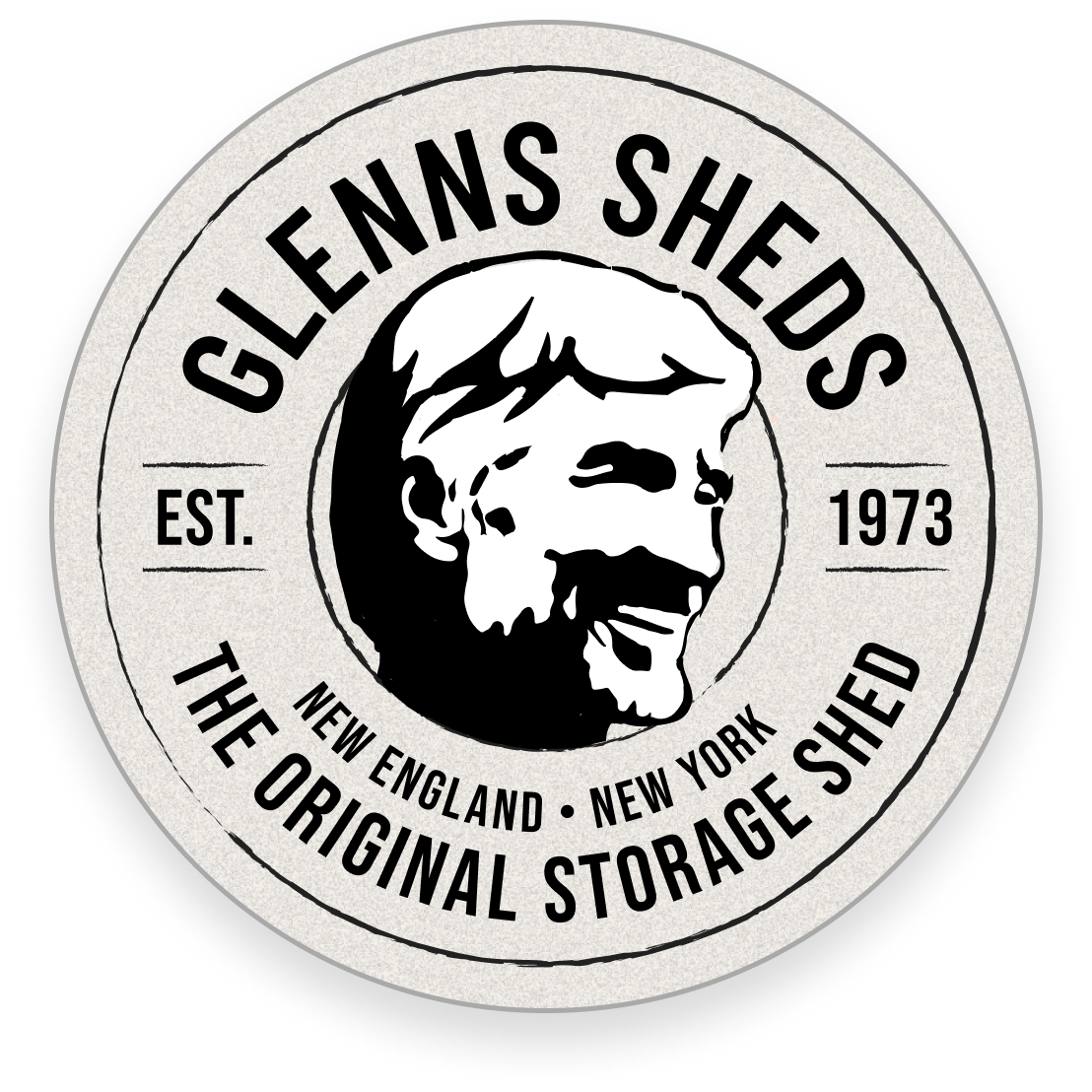When is Firewood Dry?
Dry Firewood for Sale!
We see this often, and as often, we wonder if it’s true. Is the wood fully dry or partly dry? Is all of the wood dry or only some of the wood dry? Then we might ask, what does it mean that wood is dry?
Actually, wood can be dry internally, externally, or both. This is true of lumber as well as firewood. When we use lumber that is not dry many problems can arise such as warping, shrinking, and splitting. When firewood is not dry we might have trouble burning it, get a reduced BTU (heat energy) output, or endanger the chimney.
There are two ways that wood can be dry. Externally, wood can be wet from snow or rain. Internally is a different story. The cells of the wood itself contain water—this is what helps sustain life in the tree when growing. When a tree is freshly cut it is considered green. It still has moisture in the internal cells. When the internal cells are dry, the wood is seasoned. Most stove manufacturers suggest burning wood only when it has below 20% moisture content. 10% to 20% is ideal (similar for lumber). This can be measured with an appropriate hydrometer, or one can learn to gauge this through experience. But giving plenty of time for drying is essential to get the most from your firewood and your efforts.
Drying the exterior wetness is generally far faster than drying the internal moisture. For this reason it’s important that the wood be able to breathe, while at the same time being protected from the bulk of the wet weather coming its way. Small quantities of exterior moisture are not a problem. Once the wood is dry internally, the external moisture can dry quickly—with dry or windy days, or when placed briefly indoors near a stove.
Various types of wood have different moisture content, often up to 50% water. Some have far less. For this reason different woods have different drying times (along with the varied density of woods). Most woods will dry in a few months to a year, depending on the drying conditions. Ash, for example, has a short drying time, and is one of the best woods to burn if one needs to burn green wood. It requires a short drying period. Oak, on the other hand, often takes up to two years to be fully dry. And many of you know of the tremendous heat generated by a fine block of Oak firewood. It’s worth the wait.
Two more points:
I have found that placing firewood in the house, when it is internally dry but has exterior moisture on it (a sprinkle of rain or snow), has two advantages. First, it evaporates the external moisture from the wood and readies it to burn. Second, that evaporated moisture places much appreciated humidity in the air in a season when it is needed.
A tarp placed over wood is a problem if it covers more than one half of the wood pile sides. If the wood cannot breathe it will not dry. And if it cannot dry it will begin to decay, and fungus can begin to grow. Sometimes there is just enough breathe-ability for the wood to decay and dry around the same time. The dry wood will then contain considerably less BTU potential.

